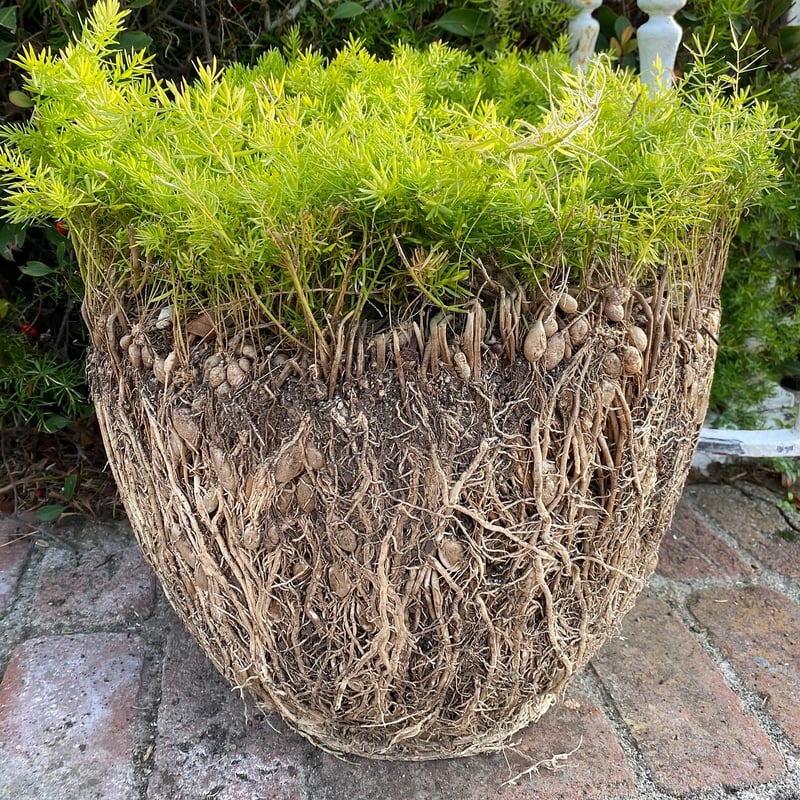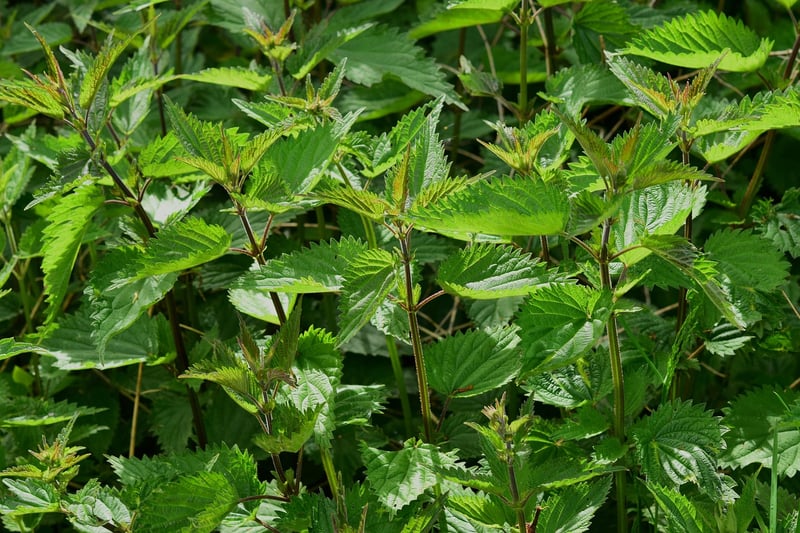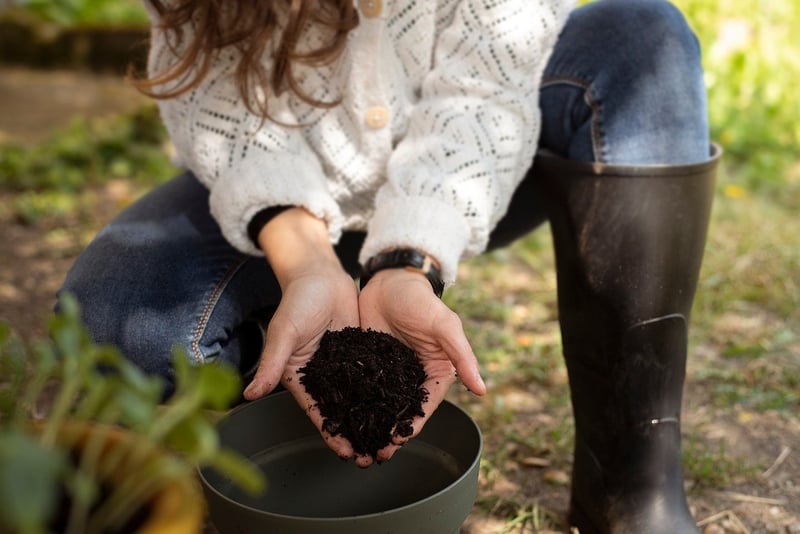DIY Gardening
The Ultimate Guide to Eco-Friendly DIY Gardening
Welcome to the world of eco-friendly DIY gardening! In this guide, we will explore how you can create a beautiful garden while minimizing your environmental impact. Whether you are a seasoned gardener looking to adopt greener practices or a beginner eager to start your gardening journey sustainably, this article is for you.
Benefits of Eco-Friendly Gardening
Eco-friendly gardening offers a host of benefits. Not only does it help reduce your carbon footprint, but it also promotes biodiversity, conserves water, and creates a healthier environment for you and your community. By following eco-friendly practices, you can contribute to a more sustainable planet for future generations.
Essential Eco-Friendly Gardening Practices
1. Composting
Composting is a fantastic way to reduce waste and create nutrient-rich soil for your garden. By composting kitchen scraps, yard waste, and other organic materials, you can enrich your soil naturally and reduce the need for chemical fertilizers.
2. Water Conservation
Conserving water is crucial for eco-friendly gardening. Consider installing a rain barrel to collect rainwater for watering your plants. Additionally, choose drought-resistant plants that require less water and mulch your garden to retain moisture.
3. Natural Pest Control
Avoid harmful pesticides by opting for natural pest control methods. Planting companion plants, using neem oil spray, and attracting beneficial insects like ladybugs can help control pests in your garden without harming the environment.
4. Native Plants
Choosing native plants for your garden is a sustainable choice as they are adapted to the local climate and require less maintenance. Native plants also provide food and habitat for local wildlife, promoting biodiversity in your garden.
DIY Gardening Projects
1. Upcycled Planters
Get creative by upcycling old containers, tin cans, or pallets into unique planters for your garden. Not only will you reduce waste, but you'll also add a personal touch to your outdoor space.

2. Vertical Gardening
Maximize space in your garden by creating a vertical garden using trellises, hanging planters, or wall-mounted containers. Vertical gardening is not only space-efficient but also visually appealing.

3. Herb Spiral
Build a herb spiral in your garden to grow a variety of herbs in a small space. Herb spirals provide different microclimates for various herbs, allowing you to cultivate a diverse herb garden with ease.

Conclusion
By incorporating eco-friendly practices and DIY projects into your gardening routine, you can create a sustainable and beautiful garden that benefits both you and the environment. Start small, experiment with different techniques, and enjoy the rewards of nurturing a green space that thrives naturally.
Happy gardening!
